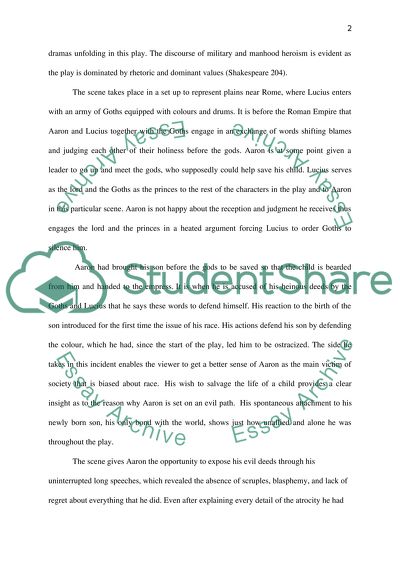Cite this document
(“Titus Andronicus by Shakespeare Essay Example | Topics and Well Written Essays - 2000 words”, n.d.)
Titus Andronicus by Shakespeare Essay Example | Topics and Well Written Essays - 2000 words. Retrieved from https://studentshare.org/literature/1433581-titus-andronicus-by-shakespeare
Titus Andronicus by Shakespeare Essay Example | Topics and Well Written Essays - 2000 words. Retrieved from https://studentshare.org/literature/1433581-titus-andronicus-by-shakespeare
(Titus Andronicus by Shakespeare Essay Example | Topics and Well Written Essays - 2000 Words)
Titus Andronicus by Shakespeare Essay Example | Topics and Well Written Essays - 2000 Words. https://studentshare.org/literature/1433581-titus-andronicus-by-shakespeare.
Titus Andronicus by Shakespeare Essay Example | Topics and Well Written Essays - 2000 Words. https://studentshare.org/literature/1433581-titus-andronicus-by-shakespeare.
“Titus Andronicus by Shakespeare Essay Example | Topics and Well Written Essays - 2000 Words”, n.d. https://studentshare.org/literature/1433581-titus-andronicus-by-shakespeare.


